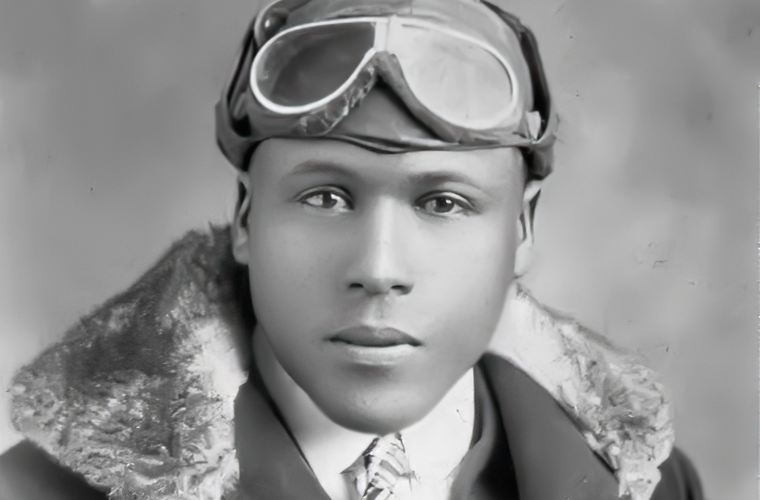James Herman Banning was an African American aviator who made history as the first black pilot to fly coast-to-coast across the United States. Born on November 5, 1900, in Oklahoma, Banning developed a passion for flying at a young age. Despite facing racial discrimination and financial challenges, he pursued his dream of becoming a pilot and eventually made his mark in aviation history. Banning’s interest in aviation began in the 1920s when he saw a barnstorming show in Iowa. He was immediately captivated by the thrill of flying and decided to pursue a career in aviation. However, as an African American, Banning faced numerous obstacles in achieving his goal. At the time, the aviation industry was dominated by white pilots, and racial segregation was prevalent in society.
Despite these challenges, Banning remained determined to become a pilot. He worked odd jobs to save money for flying lessons and eventually earned his pilot’s license in 1926. However, he struggled to find work as a pilot due to racial discrimination. Undeterred, Banning continued to pursue his dream and eventually landed a job as a co-pilot for Robert S. Abbott, the founder of the Chicago Defender newspaper. In 1932, Banning made history when he and Abbott became the first African American pilots to fly from Chicago to Washington D.C. The flight was a major accomplishment for Banning and Abbott, but Banning was not satisfied. He wanted to push the boundaries of what was possible for African American aviators.
In 1932, Banning set his sights on a new challenge: flying coast-to-coast across the United States. Banning knew that this would be a difficult feat to accomplish, but he was determined to succeed. He teamed up with another African American pilot named Thomas C. Allen, and together they began planning their historic flight. Banning and Allen faced numerous challenges during their flight. They encountered bad weather, navigational difficulties, and mechanical problems with their plane. Additionally, they faced racial discrimination at many of the airports they stopped at along the way. Despite these challenges, Banning and Allen persevered and successfully completed their coast-to-coast flight on October 9, 1932.
Banning’s historic flight received widespread media attention and helped to break down racial barriers in the aviation industry. However, Banning did not live to see the full impact of his achievement. Just a few months after his historic flight, Banning was killed in a plane crash while performing at an airshow in California.
Despite his untimely death, James Herman Banning’s legacy lives on as a pioneer in aviation history. His determination, perseverance, and courage paved the way for future generations of African American pilots and helped to break down racial barriers in the aviation industry. Today, Banning is remembered as a true trailblazer who made history with his historic coast-to-coast flight across the United States.

